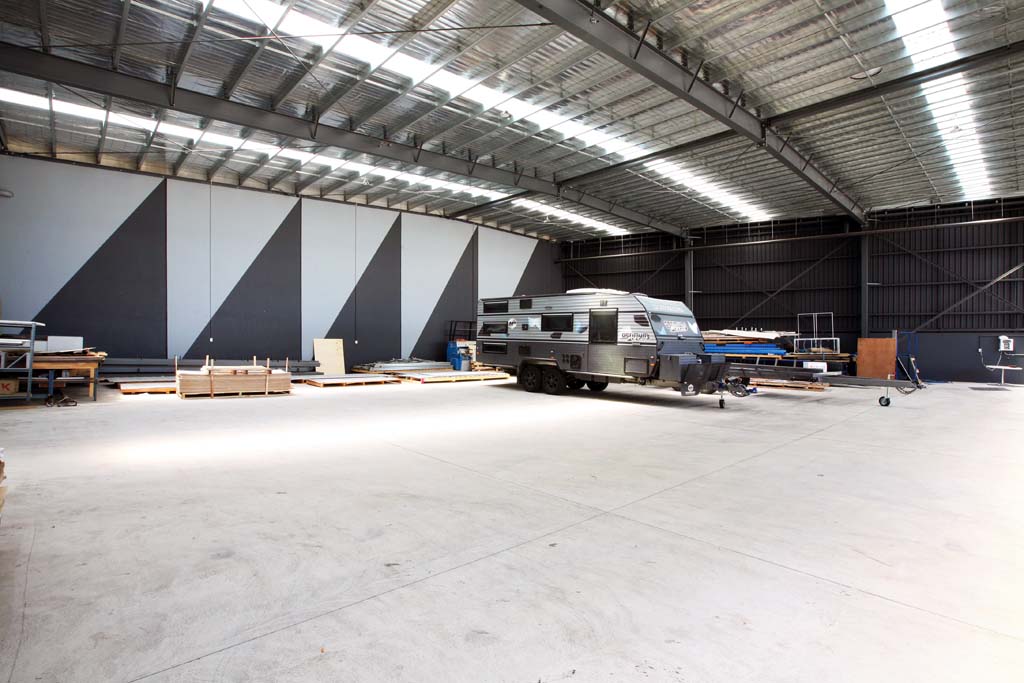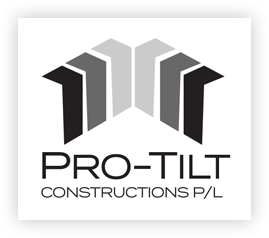Alucobond Installation in Industrial Projects: Best Practices and Considerations
08 September 2023
Master Alucobond installation in industrial projects with best practices and expert considerations from Pro-Tilt Constructions. Call us now at (03) 9359 0088.
Alucobond installation is a popular choice for cladding in industrial projects due to its versatility, durability, and aesthetic appeal. Proper installation of the Alucobond is crucial to ensure its long-term performance and achieve the desired visual impact. This blog explores the best practices and considerations for Alucobond installation in industrial projects, highlighting key aspects contributing to a successful installation process.
Understanding the Material and System
Before undertaking an Alucobond installation, it is essential to have a comprehensive understanding of the material and the cladding system. Alucobond consists of two aluminium cover sheets with a polyethylene or fire-retardant mineral-filled core. Familiarise yourself with the manufacturer’s guidelines, specifications, and installation instructions to ensure compliance and optimal performance. Consider factors such as panel thickness, colour and finish options, weather resistance, and fire rating requirements to choose the right Alucobond system for your industrial project.
Surface Preparation and Substrate Compatibility
Proper surface preparation is crucial for a successful Alucobond installation. Ensure the substrate is clean, dry, and free from any contaminants affecting adhesion. Alucobond panels are typically installed over a structural framing system, and the compatibility between the cladding system and the substrate is essential. Evaluate the structural integrity of the substrate, consider expansion and contraction factors, and verify compatibility with the Alucobond system to ensure a stable and long-lasting installation.
Installation Techniques and Structural Considerations
Alucobond installation requires careful attention to detail and adherence to recommended installation techniques. The panels should be installed systematically, considering factors such as joint spacing, panel alignment, and proper fastening methods. Consult with experienced installers or follow manufacturer guidelines to determine the appropriate installation technique for your industrial project.
Weatherproofing and Sealing
Weatherproofing and sealing play a critical role in ensuring the longevity and performance of the Alucobond cladding system. Properly installed weather barriers and sealants are essential to protect against water infiltration and air leakage. Pay attention to detailing around openings, joints, and transitions to prevent moisture ingress. Regular maintenance and inspections are recommended to promptly identify and address any signs of degradation or damage to the weatherproofing system.
Safety and Compliance
Safety should be a top priority during Alucobond installation in industrial projects. Ensure compliance with relevant building codes, regulations, and safety standards to safeguard workers and occupants. Follow proper safety protocols for working at heights, handling equipment, and installing panels. Engaging qualified and experienced professionals for the installation process is essential to ensure safety and compliance with industry standards.
Alucobond installation in industrial projects requires careful planning, attention to detail, and adherence to best practices. With its exceptional durability and aesthetic appeal, Alucobond cladding can enhance industrial projects’ visual impact and performance, providing long-term value and protection.
Ready to achieve a flawless Alucobond installation for your industrial project? Trust the expertise of Pro-Tilt Constructions. Our experienced team specialises in delivering high-quality and professional Alucobond installations that meet industry standards and exceed client expectations in every project we handle.
Optimized by: Netwizard SEO

